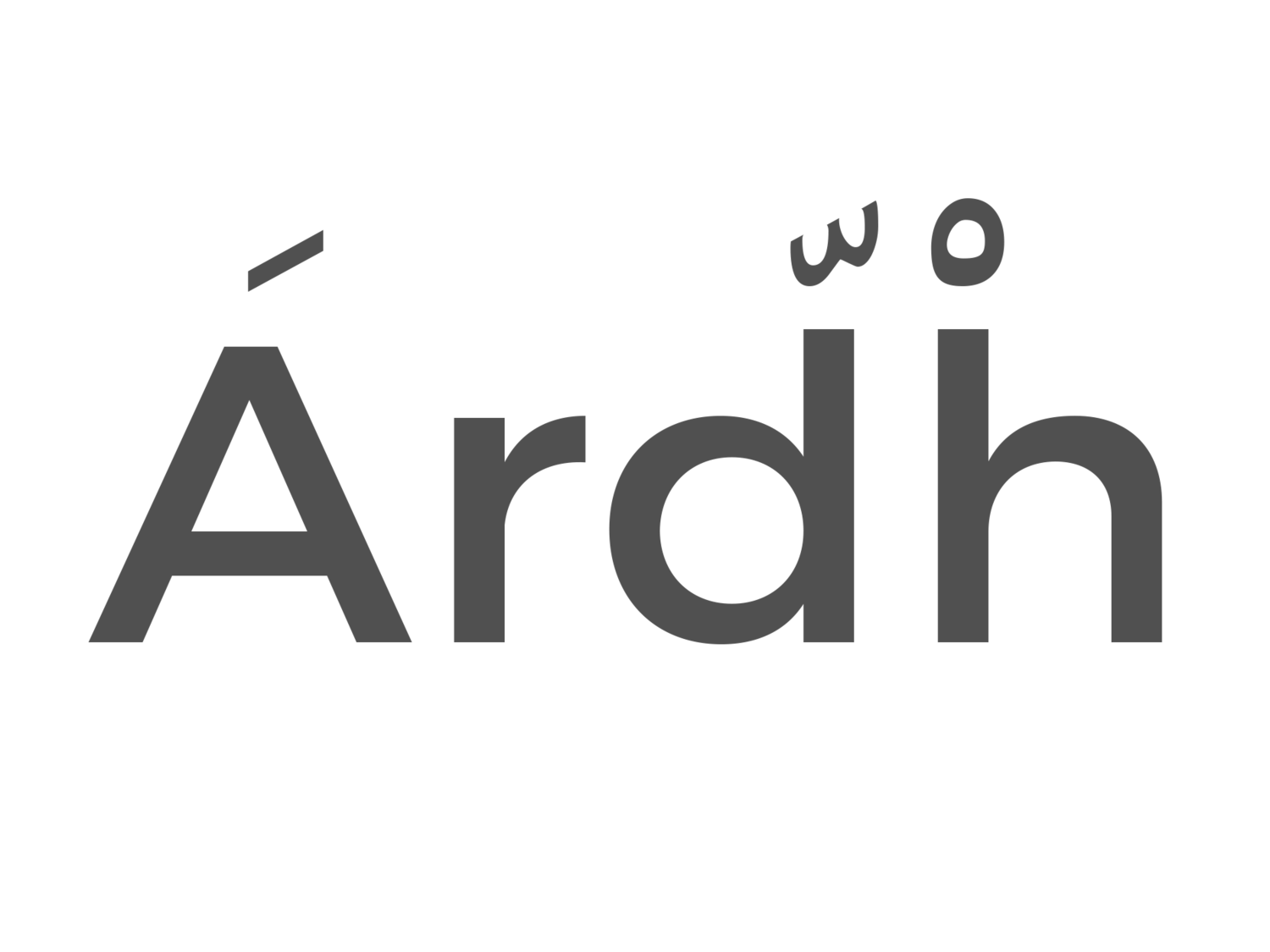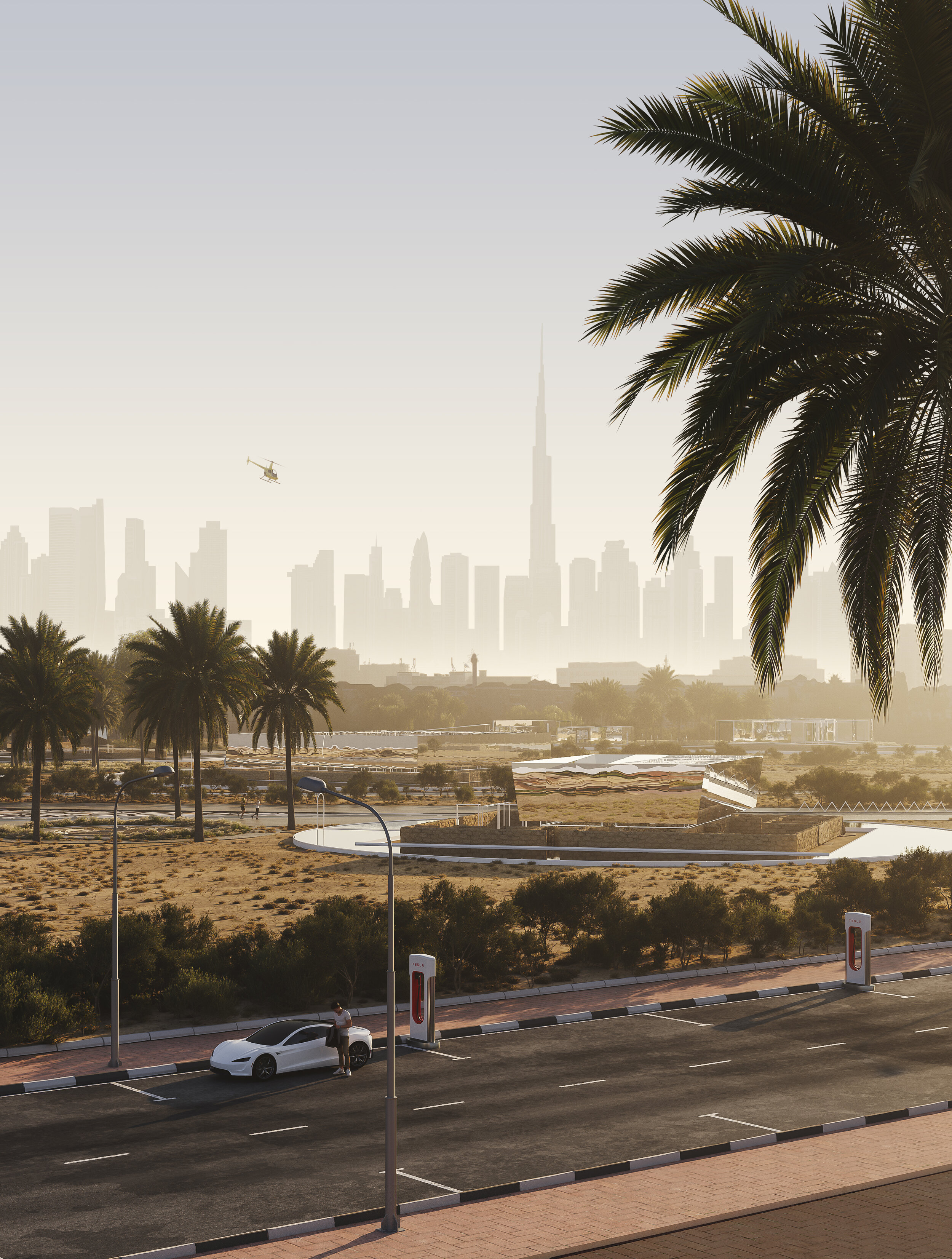
Jumeirah Archeological Square
“He who does not know his past cannot make the best of his present and future, for it is from the past that we learn.” ― Sheikh Zayed Al Nahyan
Specificities.
Type: Cultural Architecture
Size: 200,000 m²
Location: Dubai, UAE
Climate: Hot
Status: Urban Proposal
Clientele: Cultural Institutions
Date: September 2020
Budget: TBD
In 1969, 9 building’s foundations were discovered in Jumeirah. Dating back between the 9th and the 11th centuries, the ruins belong to the Abbasid caliphate. Since its discovery, Jumeirah Archeological Square (JAS) has become an historical landmark.
Ardh proposes an ingenious design to make JAS one of Dubai’s most dynamic places - just like it once was.
Reflecting on Sheikh Zayed’s words, all the historical buildings should remain accessible.
In the proposed design, boundary walls are removed. History is owned by the people, thus the access to historical places should be unlimited and without barriers. It’s a common heritage that everyone should have access to. Ensuring open visibility and unrestricted access was paramount in designing JAS.
In order to preserve their sanctity, the buildings are surrounded with water creating an unique way to access the building. A certain sense of respect is given to the building when visitors enter through its main entrance, like it was done before.
To increase the space’s efficiency, recreational spaces were added. Playgrounds, outdoor cinemas, cycling paths and greenery gives this space a new dynamic making it a thrilling and living meeting quarter in the city.
The range of activities allows for a truly generational blend; kids, adults, and elderly find themselves next to some thousand-year buildings.
A courtyard, dug into the soil, serves as a multipurpose space. With the wall reducing noise pollution, it’s the perfect place for a movie showing at night. During the day, it’s a playground where kids and youth can admire the layers of sectioned rocks showcased as a reminder of the time that has passed.
From far, JAS, illuminated and floating on the horizon, seems to be a mirage, sarab, in the desert. A mirage that, once closer, lets an oasis emerge in between Dubai’s skyscrapers.
At night, a play of light enhances the sanctity of the area The history of the place is elevated and put forward.
The buildings’ facade are see-through at night, letting the archaeological square show, but mirroring during the day, reflecting Burj Khalifa. It’s a constant back and forth between past and modernity, echoing JAS’ history.
























